Merseyside Black Artists (Music)
MBA
Black W.I.T.C.H, the commissioning body for this project, sought to celebrate Merseyside's black music artists. They carefully selected over 25 artists to be photographed for a CD, entrusting the visual representation of this diverse talent to a commissioned photographer, namely myself.
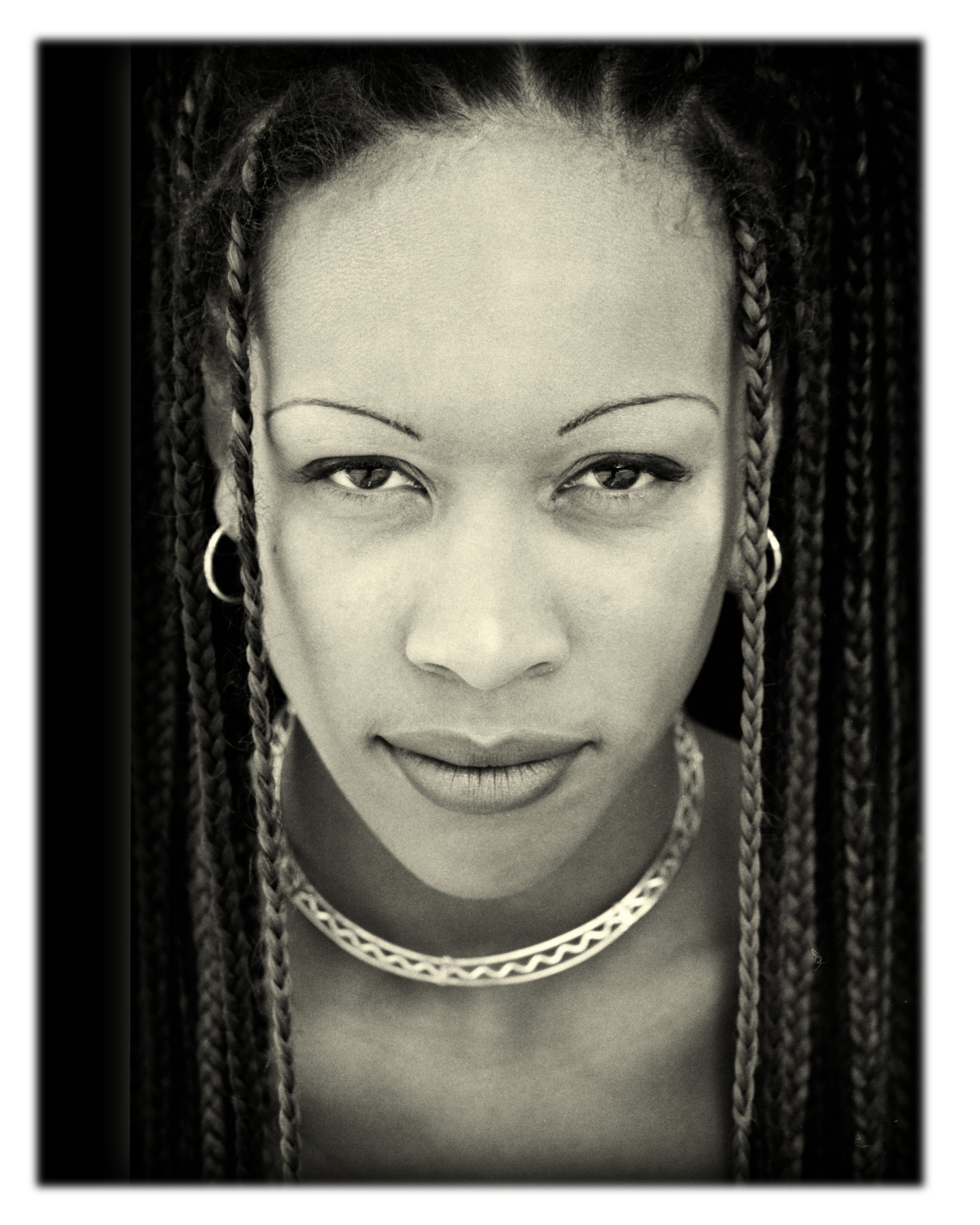
Zhane McKnight
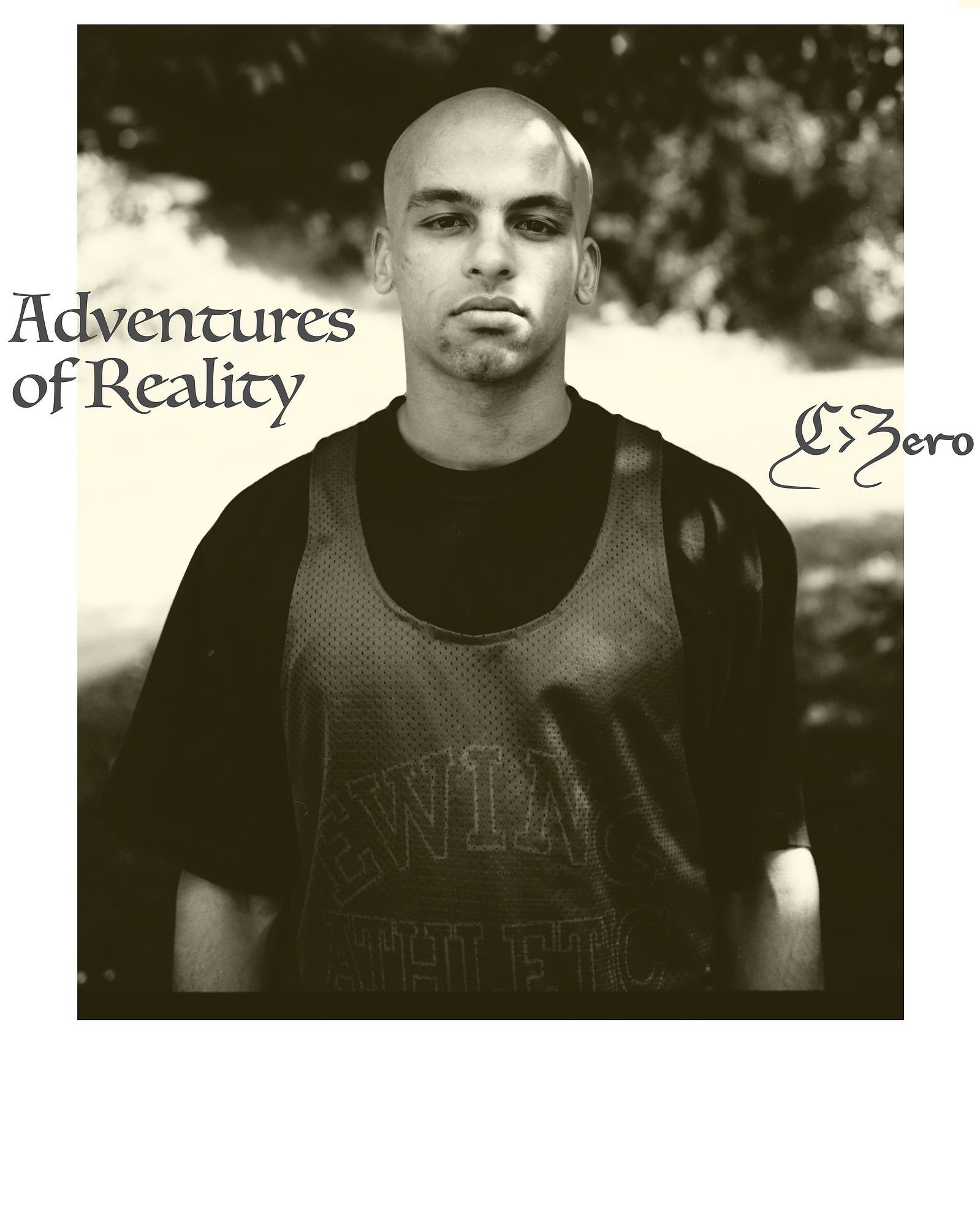
C>Zero (Curtis Watt)

Zhane McKnight

C>Zero (Curtis Watt)

Saphena Aziz
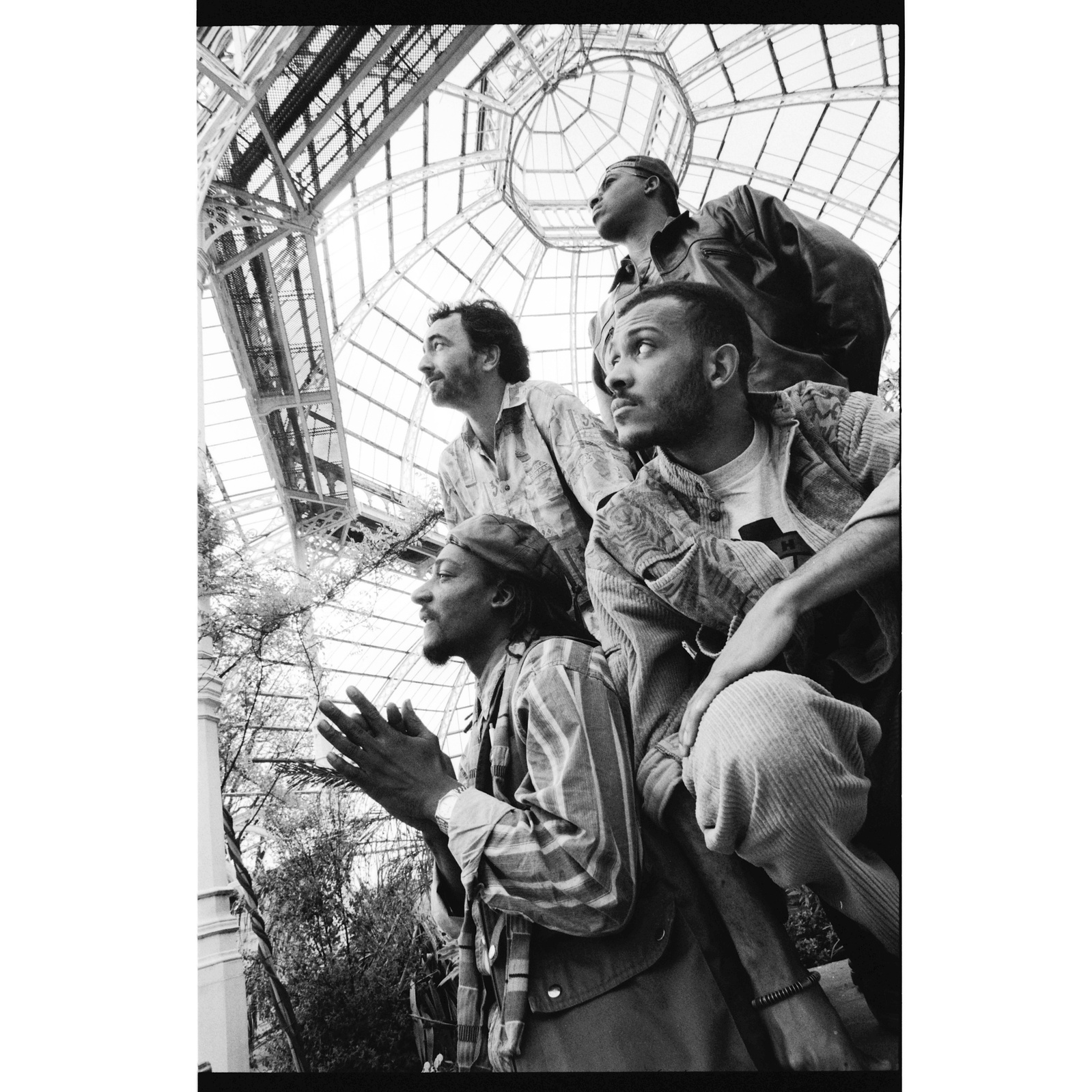
Jah Deannko

Saphena Aziz

Jah Deannko
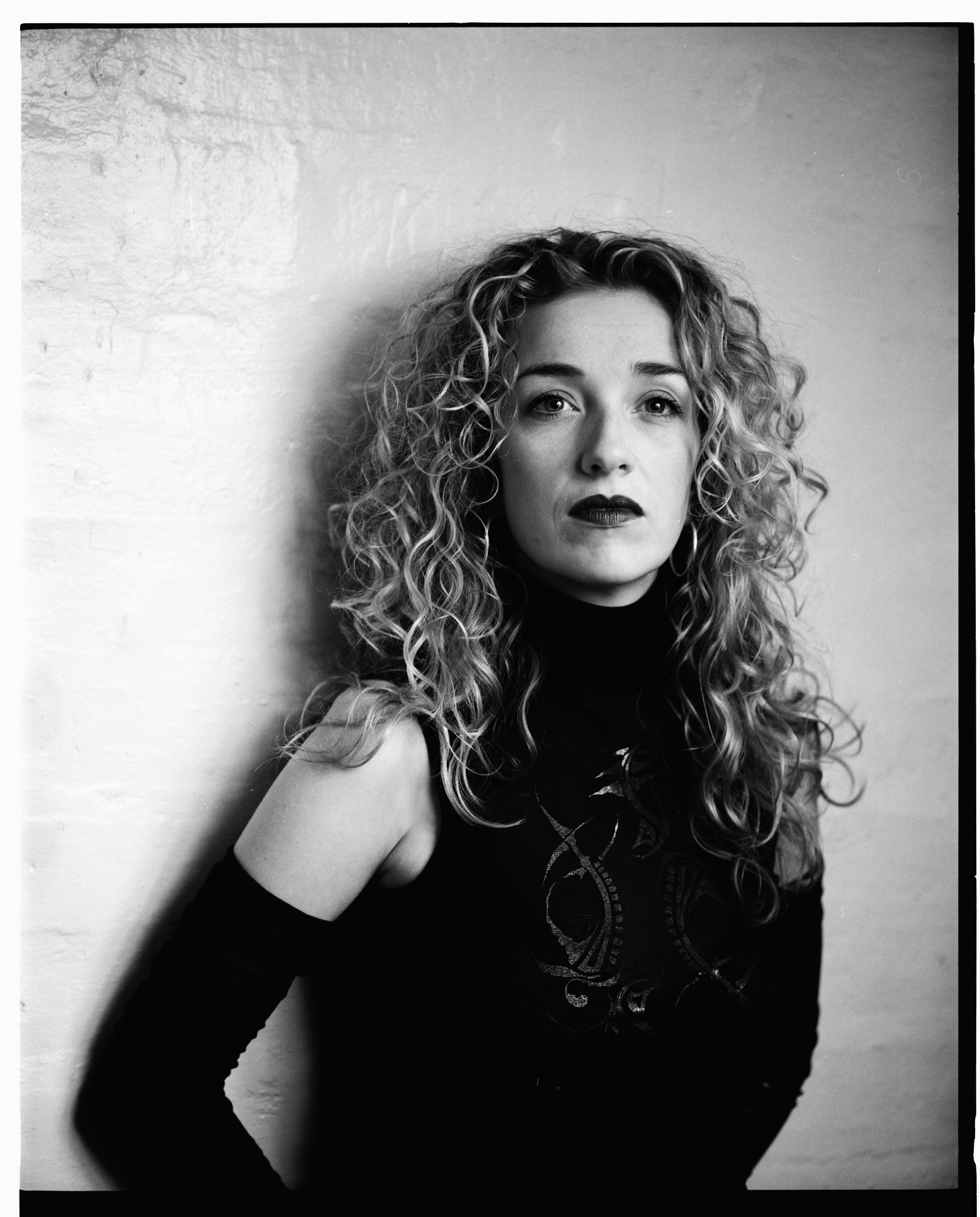
Juliette Russell
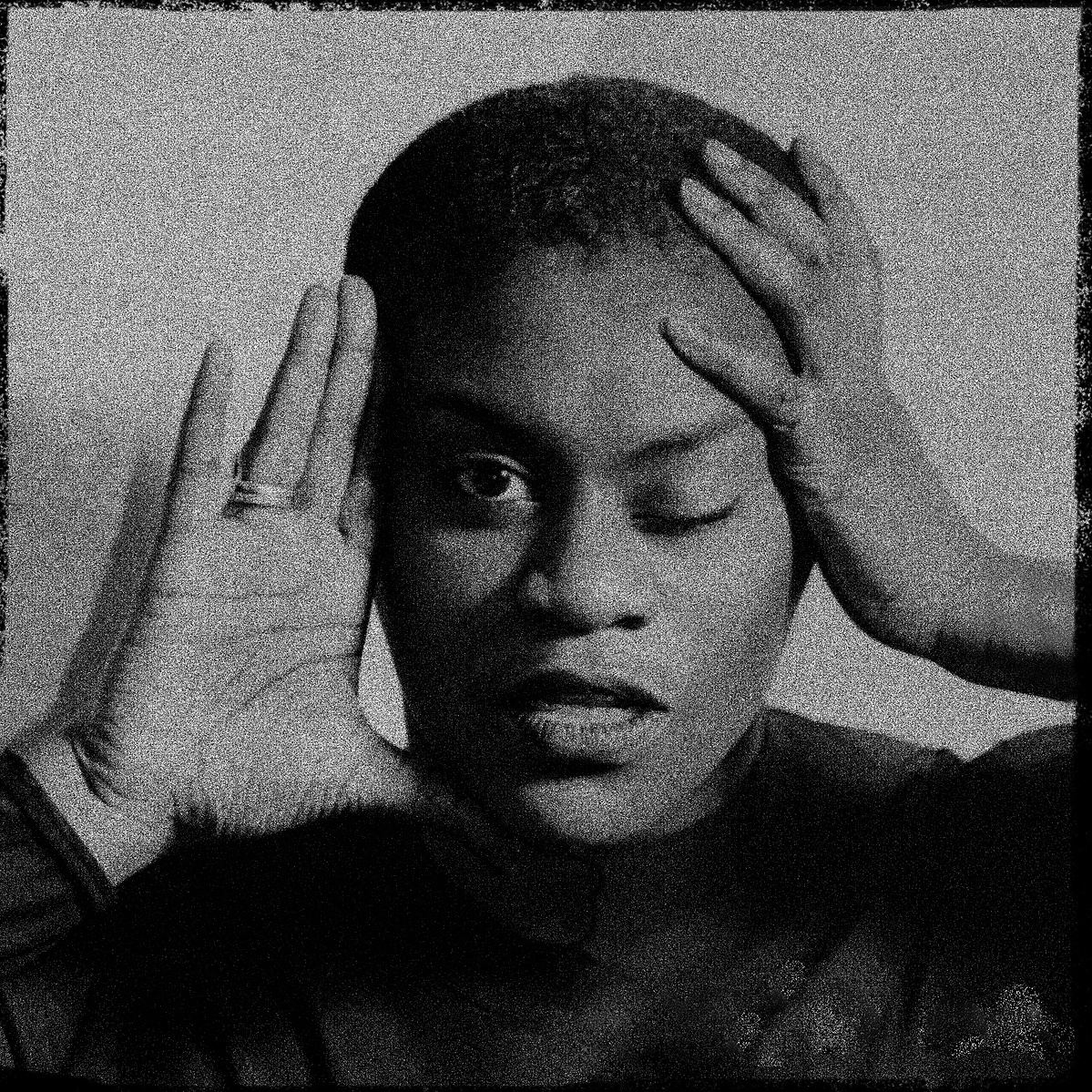
Jennifer John

Juliette Russell

Jennifer John
Merseyside Black Arts Awards
The Merseyside Black Arts Awards grew directly out of the intense period following the 1981 Toxteth riots, serving as a crucial community-led answer to the deep-seated problems the unrest laid bare. While the government's focus was largely on urban regeneration and economic boosts – efforts that often missed the mark for the disillusioned Black community – local activists and artists understood how vital culture was for building identity, pride, and empowerment. These awards were conceived as a direct challenge to the pervasive marginalisation and underrepresentation of Black artists within Merseyside's mainstream cultural scene. They offered a much-needed platform to acknowledge, celebrate, and amplify the diverse artistic expressions of the Black community, spanning music, theatre, visual arts, literature, and more, all of which had historically been overlooked or pushed to the sidelines.
The lasting aim of the Merseyside Black Arts Awards, and similar initiatives that followed, has been to tackle the structural inequalities that stuck around long after the riots died down. By shining a light on Black creative talent, the awards didn't just aim to boost individual artists; they also set out to challenge the ingrained biases within the arts sector itself. They tried to bridge the gap between mainstream cultural institutions and the marginalised communities they supposedly served, pushing for greater inclusion, fairer opportunities, and authentic representation. In this way, the awards were more than just a celebratory event; they were a powerful statement of resilience, a tangible commitment to nurturing a vibrant Black arts community, and an ongoing effort to ensure that the rich cultural contributions of Black people in Merseyside were acknowledged, valued, and woven into the city's broader artistic story.
"Toxteth Riots"
The Liverpool riots of 1981, specifically the Toxteth riots, were a culmination of deep-seated socio-economic deprivation and fraught community-police relations. Toxteth, an inner-city area of Liverpool, was experiencing severe economic decline, with high unemployment rates that far exceeded the national average, particularly affecting its Black and working-class communities. Poor housing conditions, a lack of investment in public services, and a pervasive sense of neglect from local authorities further fueled a climate of despair and frustration. This was exacerbated by widespread perceptions of racial discrimination, especially among residents of Caribbean descent, who felt marginalised and targeted in various aspects of their daily lives.
The immediate trigger for the unrest occurred on July 3, 1981, when police attempted to arrest Leroy Cooper, a young Black man, in what was perceived by many as yet another instance of racial profiling and heavy-handed policing. This incident quickly escalated, drawing a crowd and igniting the long-simmering tensions between the Toxteth community and the Merseyside Police. The police force at the time had a poor reputation within the Black community for its use of "sus" laws (suspected person laws, which allowed officers to stop and search individuals without clear cause) and what was seen as discriminatory and brutal tactics. The ensuing days saw widespread rioting, with pitched battles between residents and police, involving petrol bombs, looting, and extensive damage to property, leading to injuries for hundreds of police officers and numerous arrests.
